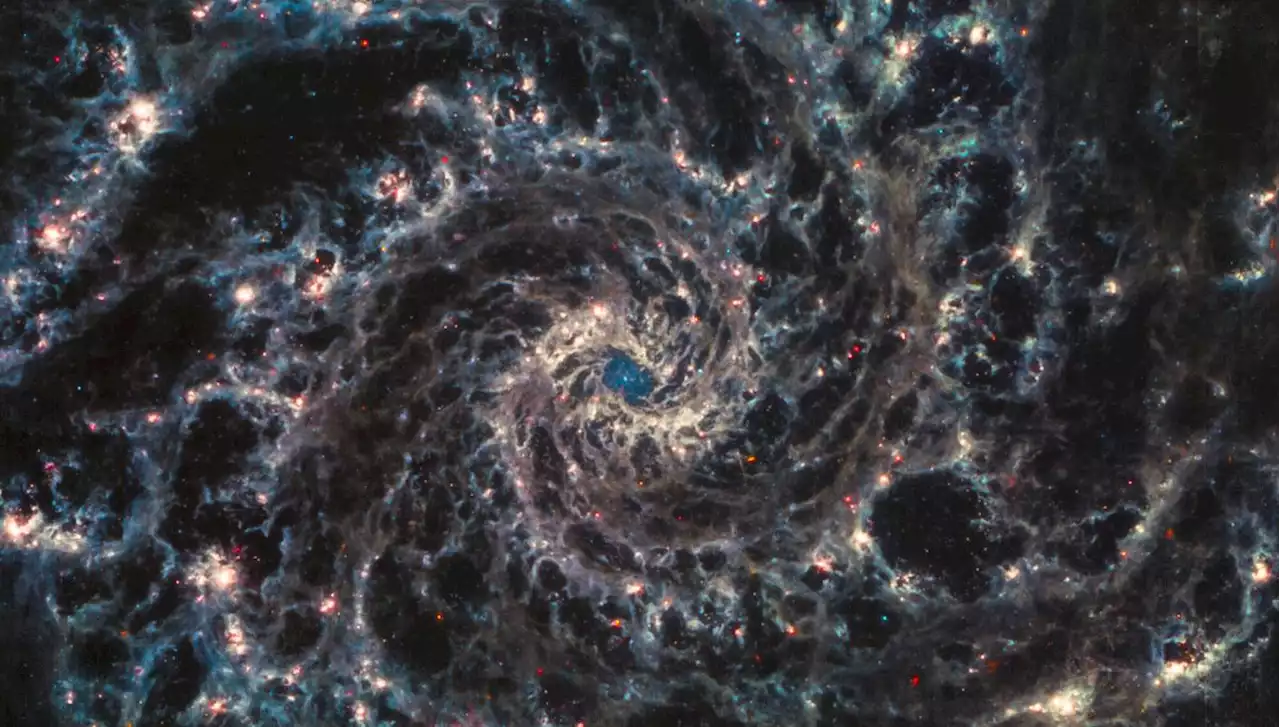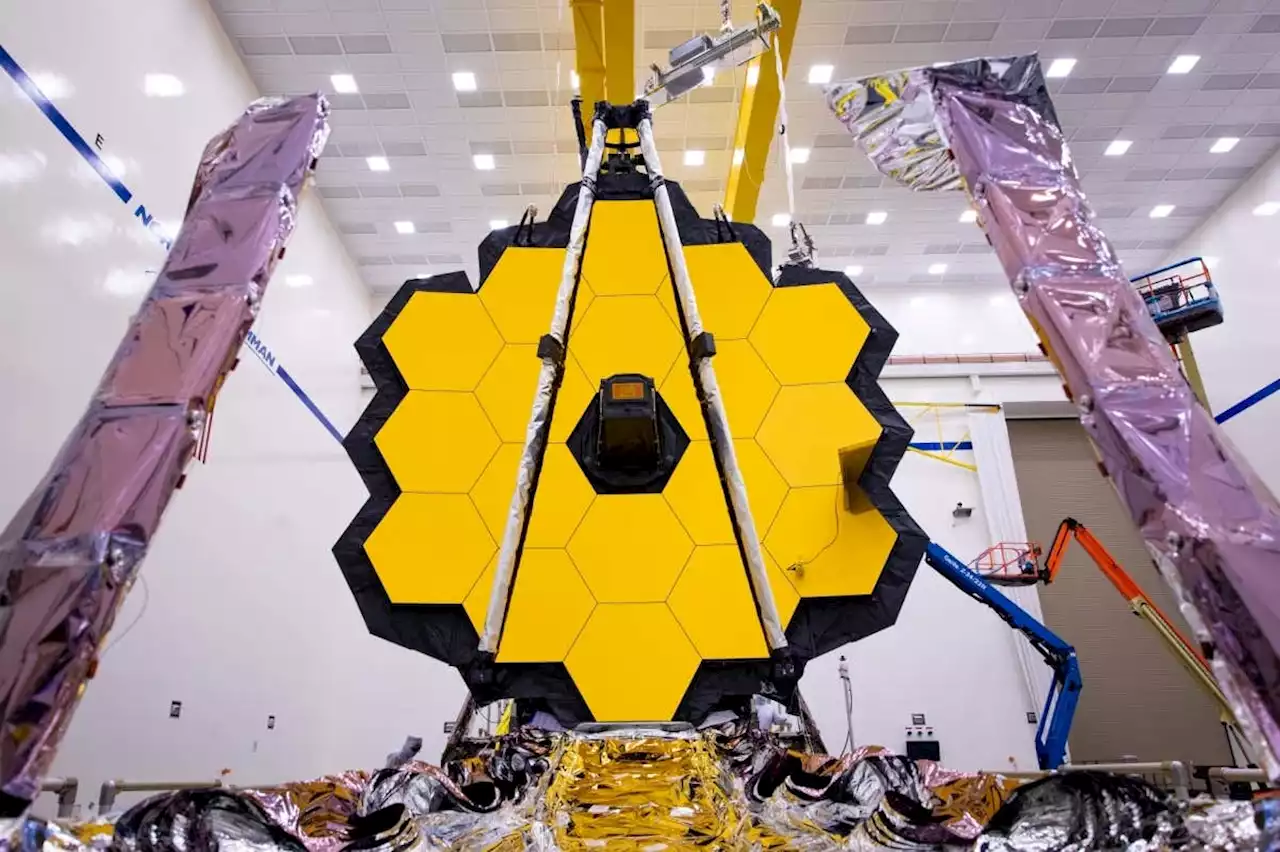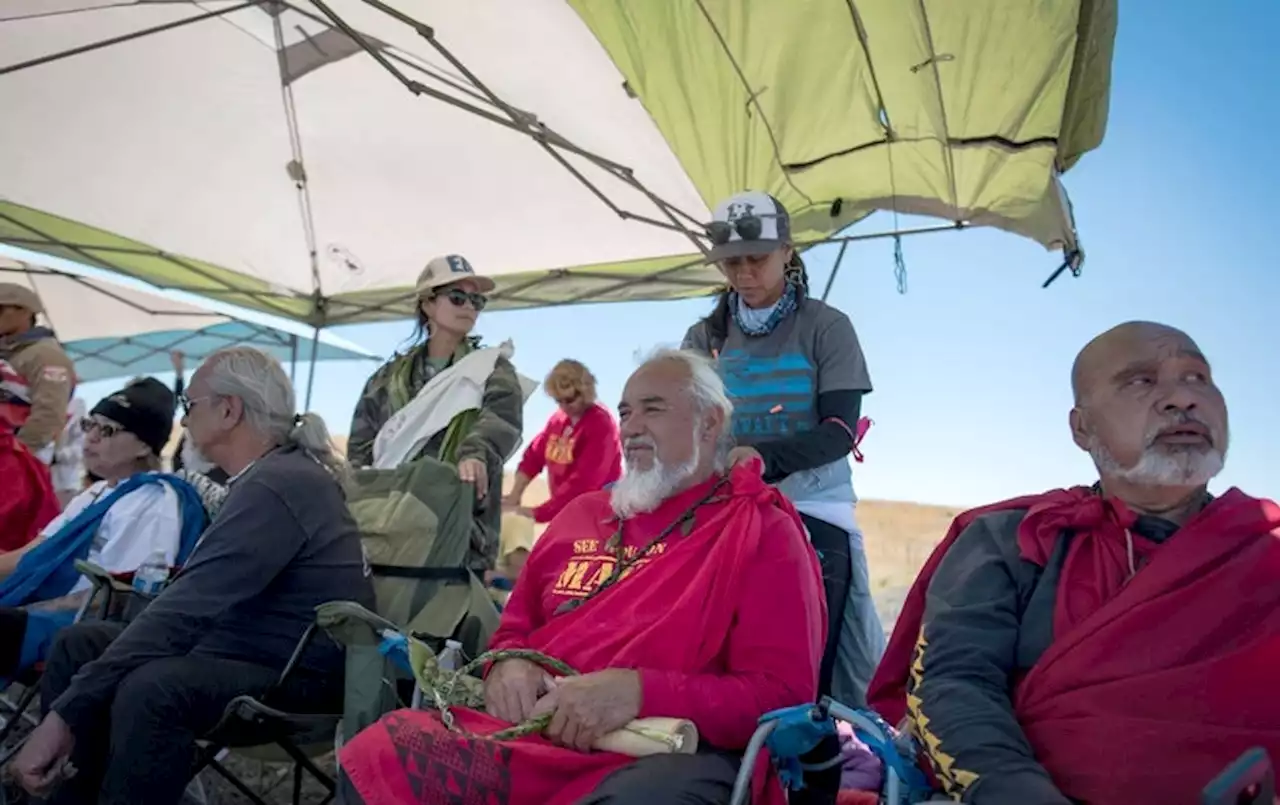Starting in 2023, control of the summit will shift from the University of Hawaii to an 11-member oversight authority that includes Native Hawaiian voices
One of the most coveted and contested astronomical sites on the planet—the summit of Hawaii’s massive mountain Maunakea—will soon be governed by a new group of stewards comprising Native Hawaiians, cultural practitioners, and representatives of the state and other institutions.
“This is a really important opportunity to reset the dialogue around making things centered on the mauna, as opposed to centered around any one interest on the mauna,” says John O’Meara, chief scientist of the W. M. Keck Observatory. “It makes the situation less about an ‘us-versus-them’ narrative of astronomy and more about astronomy as part of mutual stewardship of Maunakea.”
For her and the Maunakea kiaʻi,, the mountain’s self-appointed guardians or protectors, the 18-story, $2.4-billion TMT was one injury too many to their revered land. In Hawaiian cosmology, Maunakea isn’t just a sacred pinnacle—it’s the center of the entire universe. It’s the place where Earth Mother and Father Sky met, a home of the gods, the fount of existence.
“We were reticent at first, unsure of the process,” Wong-Wilson says of herself and other Native Hawaiians. “But we decided it was important for the community and for the protectors to be present at the table. If you’re not, then other people make decisions.” In the end, the working group proposed that a new management authority would control access to Maunakea’s lands using a framework grounded in mutual stewardship and in the four kānāwai, or Native Hawaiian laws of nature and environmental kinship.
“It changes from astronomy as the main focus of activity to the mountain as the main focus of care,” Wong-Wilson says. “And then all of the activities, including astronomy, have a place there.” And that was deliberate, Wong-Wilson says. “One of the agreements we made early in our discussion was that this was not going to be a forum on TMT, that it was going to be about taking care of mountain—and that TMT would enter the discussion at some point in the future,” she says.
Over the next year, members of the stewardship and oversight authority will be appointed and confirmed. Starting in 2023 a five-year transition period will gradually shift control of the Maunakea summit away from the University of Hawaii. And finally, in 2028, the existing summit observatories can apply for new direct leases from the new authority.
Brasil Últimas Notícias, Brasil Manchetes
Similar News:Você também pode ler notícias semelhantes a esta que coletamos de outras fontes de notícias.
 A New Film Challenges the James Webb Telescope's Controversial NameThe documentary scrutinizes the former NASA administrator's role during an era of homophobic policies.
A New Film Challenges the James Webb Telescope's Controversial NameThe documentary scrutinizes the former NASA administrator's role during an era of homophobic policies.
Consulte Mais informação »
 James Webb discovers the most distant galaxy ever observed in its first weekThe James Webb Space Telescope has provided a window into eons past, capturing a new image that shows the oldest galaxy ever observed. Find out more at
James Webb discovers the most distant galaxy ever observed in its first weekThe James Webb Space Telescope has provided a window into eons past, capturing a new image that shows the oldest galaxy ever observed. Find out more at
Consulte Mais informação »
 James Webb Space Telescope's stunning 'Phantom Galaxy' picture looks like a wormholeThe telescope is 'new, different, and exciting' for Judy Schmidt, who has been working with space images for a decade.
James Webb Space Telescope's stunning 'Phantom Galaxy' picture looks like a wormholeThe telescope is 'new, different, and exciting' for Judy Schmidt, who has been working with space images for a decade.
Consulte Mais informação »
 The James Webb Space Telescope (JWST)NASA’s planned successor to the Hubble Space Telescope
The James Webb Space Telescope (JWST)NASA’s planned successor to the Hubble Space Telescope
Consulte Mais informação »
